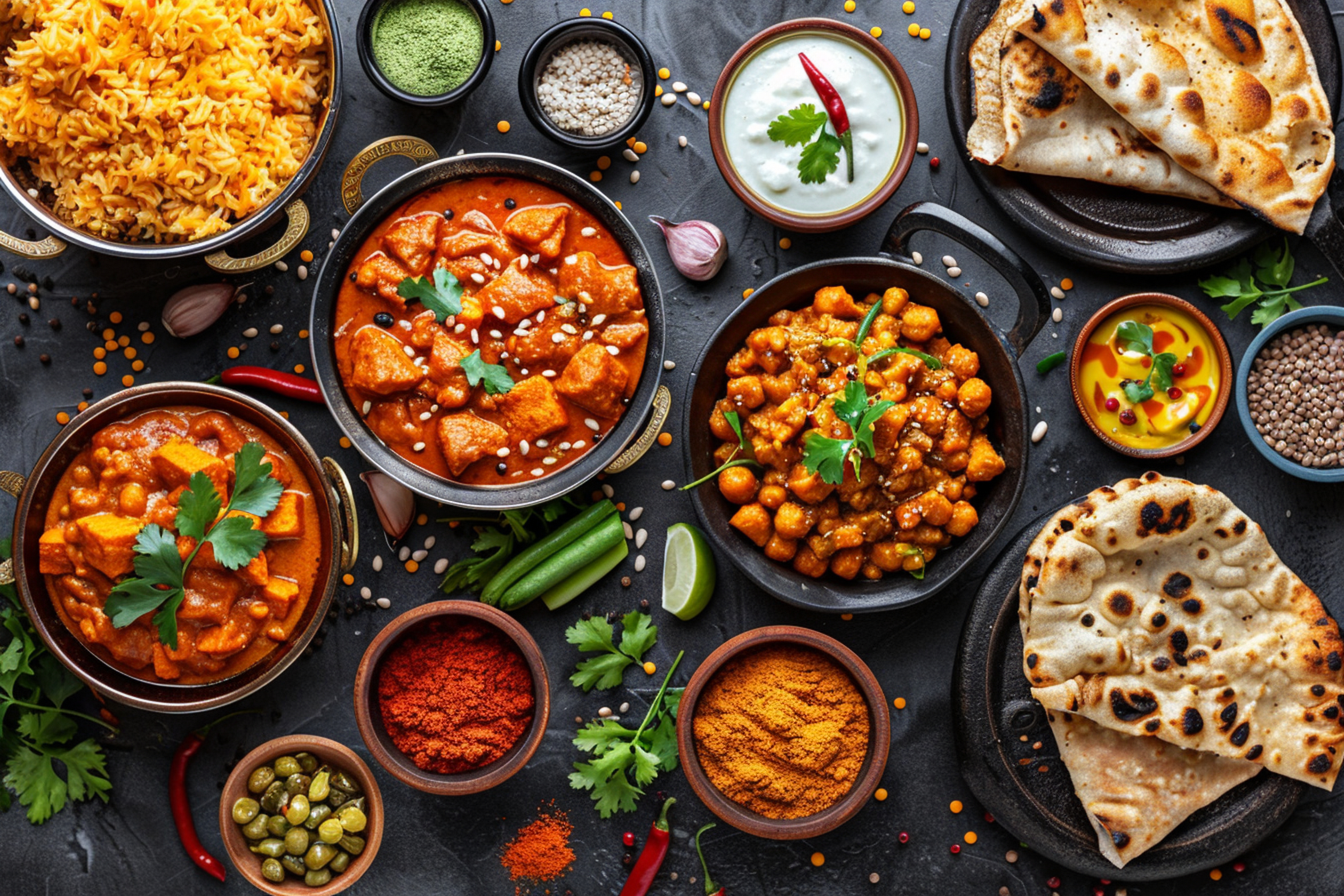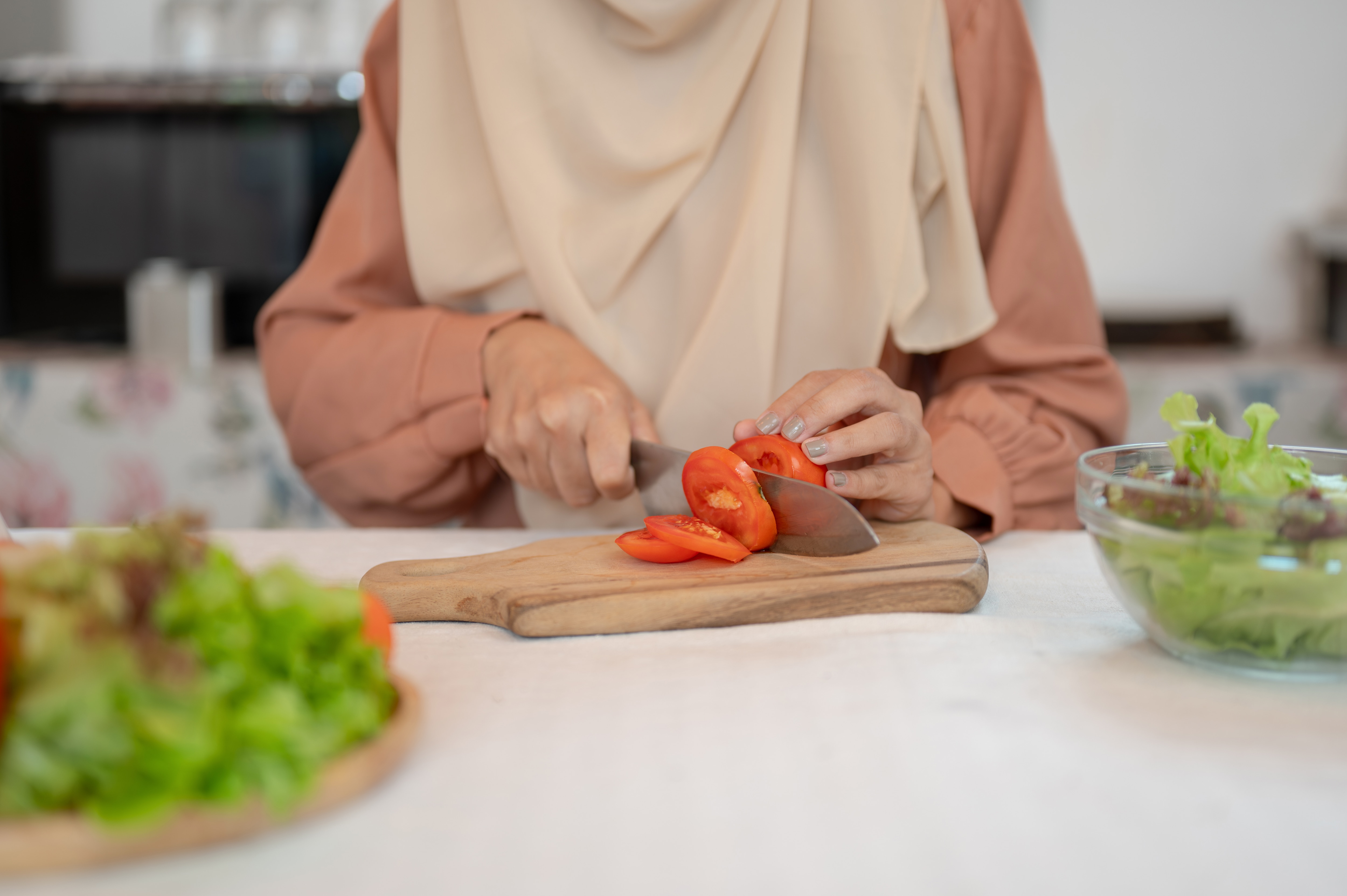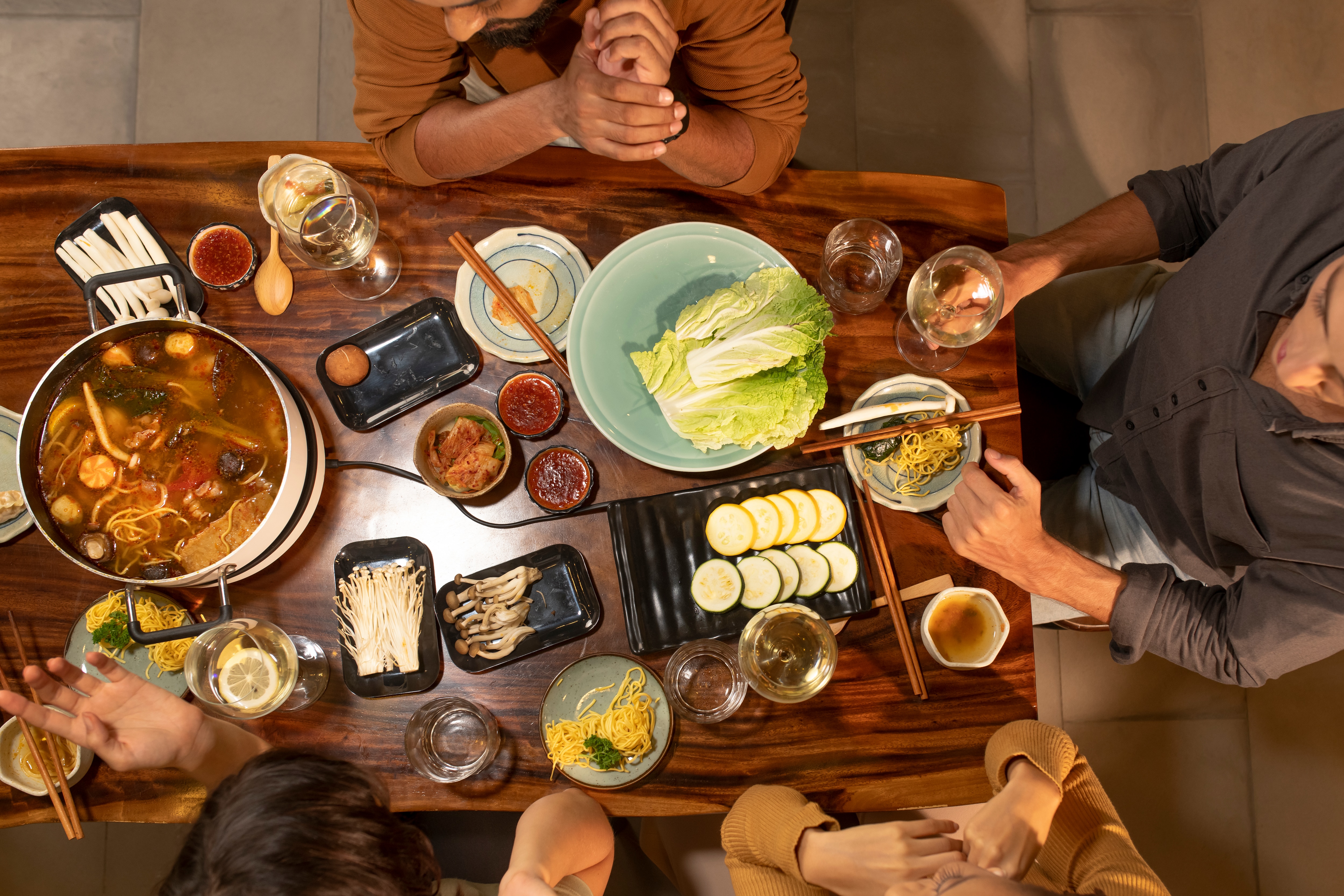Traditional Indian cuisine is unmistakable well-known for its mix of aromatic spices, grains and legumes giving it a wide variety of wonderful flavours and colours, making this cuisine so unique! Some people get the impression that Indian cuisine is usually very rich – they are not wrong, it is afterall rich in nutritional values! Here are information on some ingredients and how they can benefit you.
1. Chickpeas

Chickpeas, often used in Dhal curries, are a great source of protein, fiber, zinc and folate1. This makes them a healthy factor in an Indian vegetarian diet.
2. Basmati Rice

Cereal grains like Basmati rice, and wheat in Chapathi provide good source of fiber and proteins! When the dish is complemented with Dhal (containing beans and lentils) it becomes a meal that is nutritionally protein-perfect2.
3. Spinach & Cauliflower

Don’t underestimate these superfoods! Spinach and Cauliflower, commonly used in delicious Saag Aloo (spinach with potatoes) and Aloo Ghobi (cauliflower with potatoes), are also known as cancer-fighting superfoods3, containing high levels of antioxidants, vitamins and minerals.
4. Chili Peppers

What’s Indian food without the heat? Chili peppers, also rich in antioxidants such as beta-carotene and vitamin C, are used in almost every spicy dish! Capsaicin, the active ingredient in chili peppers which gives it its heat (hot & spicy sensation), has been traditionally used as a remedy to improve circulation in the hands and feet4.
5. Raita

Raita, the minty yoghurt dip made from natural yoghurt, cucumber and mint, is a source of calcium and is a low fat alternative to sauces such as mayonnaise. Natural set yoghurt is also often used in curry sauces to replace cream or coconut milk.
References:
1. USDA Nutrient Database (Chickpeas)
2. Grains & Legumes Nutrition Council
3. American Institute for Cancer Research
4. Memorial Sloan Kettering Cancer Center







